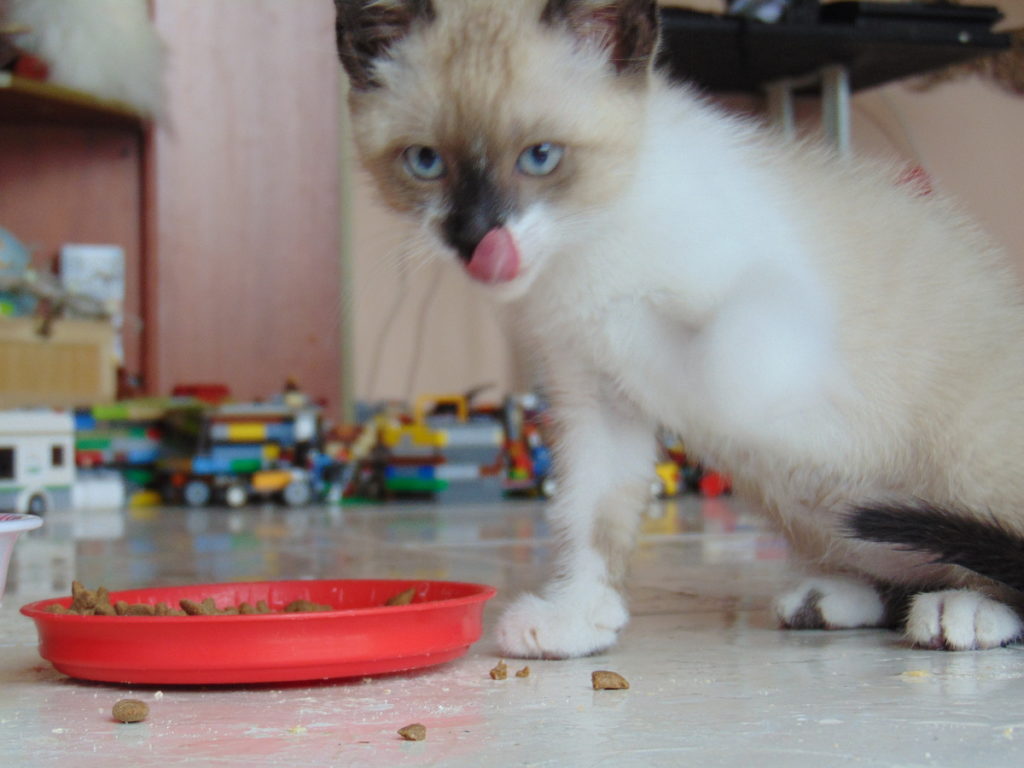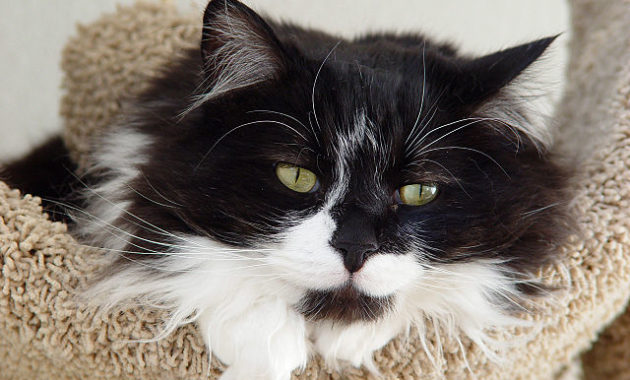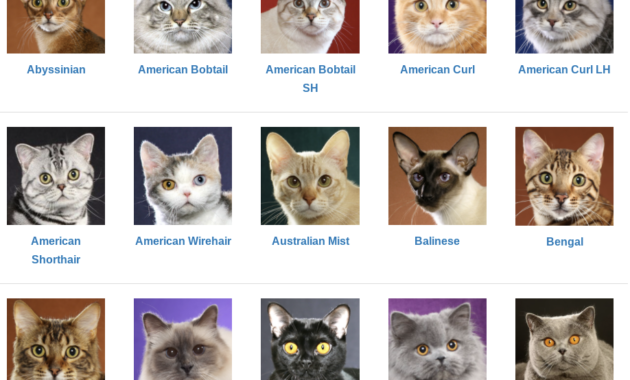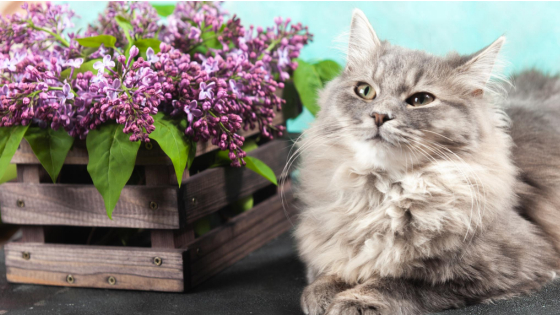In the realm of feline behavior, the phenomenon of cat zoomies, also scientifically termed Frenetic Random Activity Periods (FRAPs), has garnered attention for its intriguing manifestations. Characterized by sudden bursts of frantic running and heightened activity, cat zoomies serve as a means for cats to expel accumulated energy swiftly and vigorously.
Understanding the triggers behind these episodes is crucial in comprehending this behavior. Factors such as excess energy buildup, inadequate exercise for indoor cats, and potential discomfort or pain can incite these energetic outbursts. Moreover, proactive measures to prevent cat zoomies, particularly during nighttime, encompass engaging cats in regular play sessions, providing mental stimulation, and ensuring optimal health and comfort conditions.
Delving into the nuances of cat zoomies sheds light on the intricate dynamics of feline behavior and offers insights into promoting their well-being and contentment.
Key Takeaways
- Cat zoomies are frenetic bursts of energy characterized by frantic running.
- Zoomies help cats release excess energy quickly and can start and stop suddenly.
- Causes of zoomies include lack of exercise, discomfort, and post-poop issues.
- Prevent zoomies by providing regular exercise, mental stimulation, and vet check-ups.
Understanding Cat Zoomies
Exhibiting a sudden burst of frenetic energy, cat zoomies, also known as Frenetic Random Activity Periods (FRAPs), are a common behavior observed in both cats and dogs.
During a zoomies episode, cats engage in rapid and erratic movements, often running around the house with heightened energy levels. These bursts of activity serve as a way for cats to release pent-up energy quickly, allowing them to return to a state of rest just as suddenly as they began.
Causes of cat zoomies can vary, from excess energy buildup to triggers like acute pain or discomfort. Understanding this behavior is crucial for cat owners to provide adequate mental and physical stimulation to prevent excessive zoomies and ensure their feline companions remain happy and healthy.
Behavioral Aspects of Cat Zoomies
Cat zoomies, also known as Frenetic Random Activity Periods (FRAPs), are a common behavioral manifestation observed in cats and dogs, reflecting a sudden surge of frenetic energy. During these episodes, cats may exhibit erratic behavior, including sprinting around the house, jumping on furniture, and engaging in rapid direction changes. This behavior is often characterized by dilated pupils, flattened ears, and a high tail carriage.
Cat zoomies are a natural way for cats to release pent-up energy, mimic hunting behaviors, and alleviate boredom or stress. It is essential for cat owners to recognize and understand these behavioral aspects to provide appropriate outlets for their feline companions' energy and ensure their overall well-being.
Triggers for Cat Zoomies
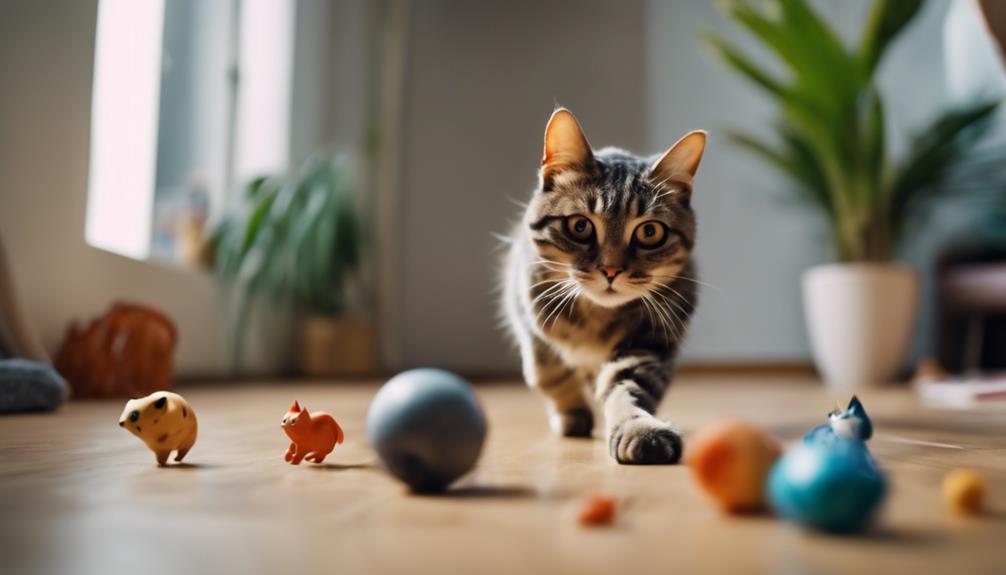
The onset of cat zoomies can often be attributed to specific triggers that prompt sudden bursts of frenetic activity. These triggers can vary based on individual cats and their environments. Some common triggers include:
- Excess energy buildup
- Lack of exercise, especially in indoor cats
- Acute pain, such as itching or discomfort
- Post-poop zoomies, indicating potential digestive issues or litter box discomfort
Understanding these triggers can help cat owners better anticipate and manage their feline companions' zoomies. By addressing the underlying causes, such as providing adequate exercise and addressing any discomfort or health issues, owners can help reduce the frequency and intensity of cat zoomies.
Managing Cat Zoomies at Night
When addressing cat zoomies at night, it is crucial to implement strategies that promote a calm and restful environment for your feline companion.
Start by engaging your cat in interactive play sessions during the evening to help expel excess energy. Providing stimulating toys and activities can help satisfy their hunting instincts and tire them out for the night.
Establish a regular feeding schedule, as feeding them before bedtime can encourage relaxation. Additionally, create a cozy sleeping space away from disturbances, ensuring a quiet and comfortable area for your cat to rest undisturbed.
Avoid sudden loud noises or disruptions that may trigger nighttime zoomies, ultimately helping your cat maintain a peaceful night's sleep.
Cat Zoomies Vs. Dog Zoomies
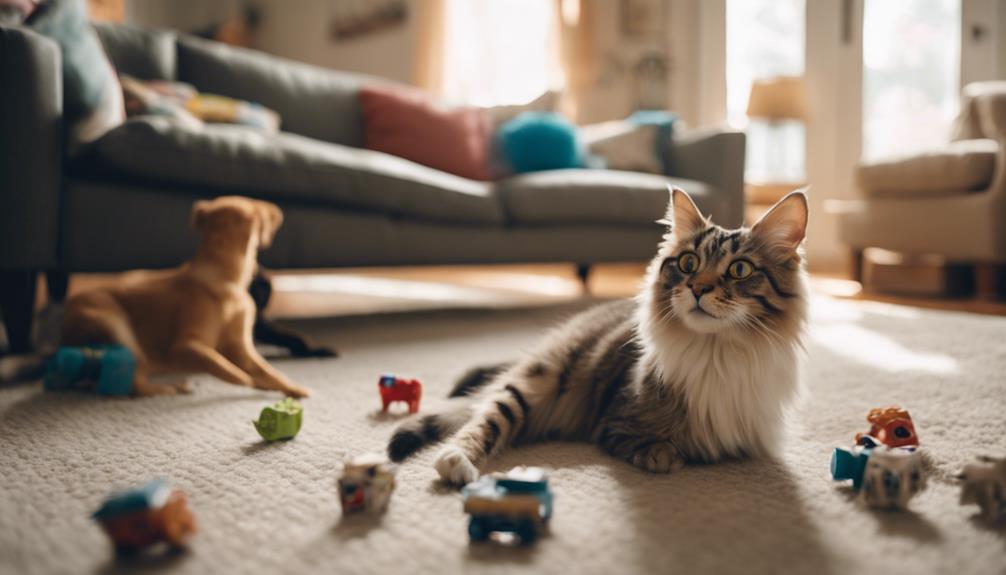
Feline zoomies and canine zoomies exhibit distinct characteristics in their manifestation of frenetic bursts of energy. While both cats and dogs display these high-energy episodes, there are notable differences between the two:
- Duration: Cat zoomies tend to be shorter in duration compared to dog zoomies.
- Intensity: Dogs may display more intense physical activity during zoomies.
- Triggers: Cats often experience zoomies in response to excess energy, while dogs may have various triggers like excitement or playfulness.
- Patterns: Cats might have more unpredictable patterns of zoomies, occurring at any time, whereas dogs may show more routine behavior in this regard.
Preventing Post-Poop Cat Zoomies
Post-poop cat zoomies can be managed effectively through proactive measures that address potential triggers and discomforts experienced by your feline companion. To prevent post-poop zoomies, ensure your cat's litter box is clean and comfortable. Cats are known for their cleanliness, and any issues with the litter box can lead to discomfort, triggering zoomies.
Additionally, monitor your cat's digestive health and diet to prevent any digestive issues that could cause post-poop zoomies. Providing mental stimulation and interactive toys can also help reduce post-poop zoomies by keeping your cat's mind engaged and energy levels balanced.
Exercise Solutions for Cat Zoomies
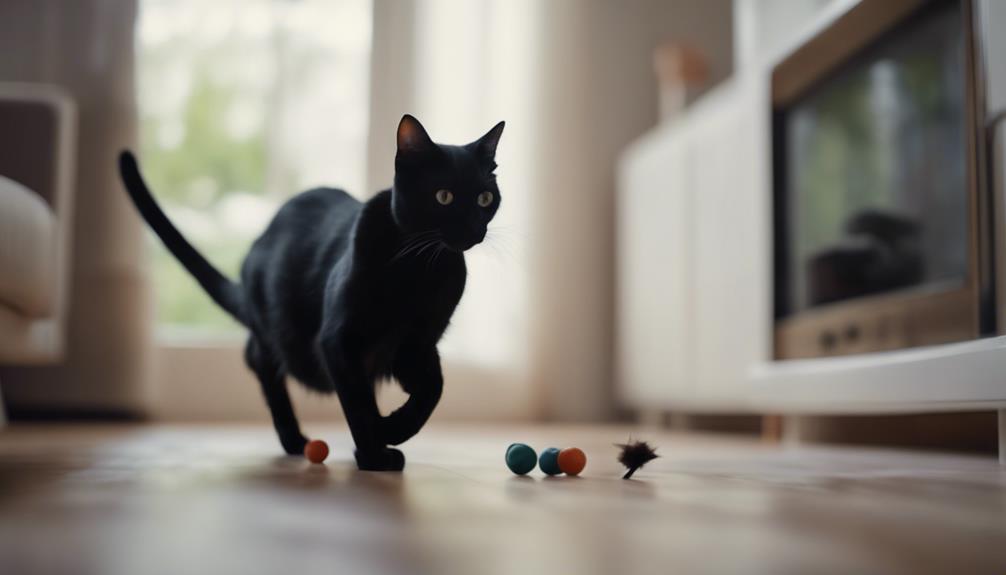
To address and manage cat zoomies effectively, implementing appropriate exercise solutions is crucial for promoting physical and mental stimulation in your feline companion.
- Interactive Playtime: Engage your cat in interactive play sessions using toys like feather wands or laser pointers to simulate hunting behaviors.
- Scratching Posts: Provide scratching posts to encourage natural scratching behavior and help your cat stretch and exercise its muscles.
- Cat Trees or Condos: Invest in cat trees or condos to create vertical spaces for climbing and exploring, providing exercise and mental stimulation.
- Rotating Toys: Introduce new toys periodically to keep your cat engaged and prevent boredom, encouraging physical activity.
Mental Stimulation for Cat Zoomies
Incorporating mental stimulation activities into your cat's daily routine is essential for addressing and reducing episodes of cat zoomies. Cats, known for their curiosity and intelligence, require mental challenges to keep them engaged and prevent boredom-induced zoomies.
Providing interactive toys, puzzle feeders, and rotating play activities can help satisfy their mental stimulation needs. Engaging in activities like hiding treats around the house, training sessions using clicker training, or introducing new toys regularly can keep your cat mentally stimulated and less likely to exhibit frenetic random activity periods.
Related Cat Care and Breeds
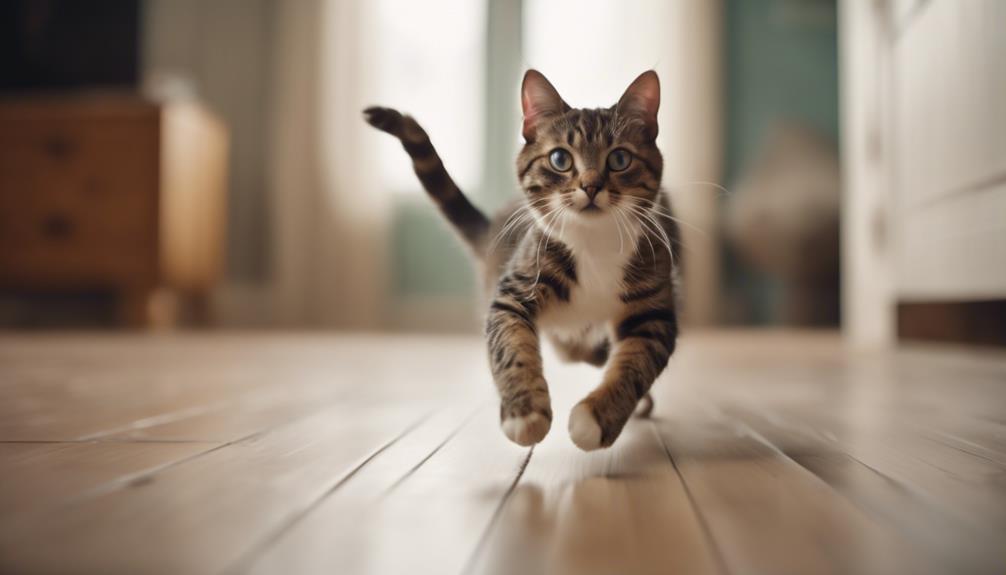
When considering related cat care and breeds, understanding the specific needs and characteristics of different cat breeds is crucial for providing optimal care and creating a harmonious environment for your feline companion.
- Regular grooming routines vary among cat breeds.
- Some breeds are more prone to specific health issues.
- Different breeds have varying energy levels and exercise requirements.
- Understanding breed-specific behaviors can aid in training and socialization efforts.
Conclusion
In conclusion, the phenomenon of cat zoomies, or Frenetic Random Activity Periods, is a common behavior displayed by cats to release pent-up energy. By understanding the triggers and implementing proactive measures such as regular play sessions and mental stimulation, cat owners can manage and prevent these energetic outbursts.
Cat zoomies are akin to a swirling whirlwind of feline exuberance, a dynamic display of their innate agility and vitality.

